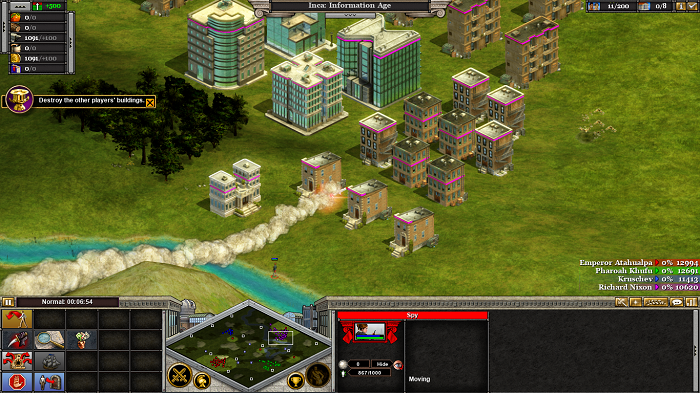
.jpg)

The reason for this controversy is that under international law covenants, "First Nations" per se, have no standing in international law.

There is some controversy over the use of the term "First Nations" to either self-describe Indigenous peoples within Canada, or for non-indigenous peoples to refer to Indigenous peoples in this fashion. Roughly half of these are located in the provinces of Ontario and British Columbia. There are currently over 600 First Nations governments or bands in Canada. A band is defined as "a body of Indians for whose collective use and benefit lands have been set apart or money is held by the Canadian Crown, or declared to be a band for the purposes of the Indian Act". A First Nation is a legally undefined term that came into common usage in the 1970s to replace the term "Indian band". They are known officially by the Government of Canada as registered Indians if they are entitled to benefits under the Indian Act. First Nations people have been referred to as Indians, Native Americans, Native Canadians, Aboriginal Americans, Amerindians, Autochtones (a term used by French Canadians), and Aboriginal peoples. A national representative body of the First Nations in Canada is the Assembly of First Nations. Collectively, First Nations, Inuit, and Métis peoples are known as Aboriginal peoples, First peoples, or Indigenous peoples, bands, or nations. It refers to indigenous peoples of North America located in what is now Canada, and their descendants, who are not Inuit or Métis. (<-what does this mean?)įirst Nations is a term of ethnicity used in Canada. The Boreal is home to approximately 500 First Nation communities. Summing up your specific question.Not too very well in the long run. Robert Cecil stated in his comments to this assembly.".The League of Nations is dead. The final meeting of the League was held in Geneva in 1946.Delagates from 43 nations attended. In the 1930s and early 40s, France and Britain attempted appeasement of the Hitler run Germany, At the Teheran Conference in 1943, the League members decided to replace the League with a United Nations. As the situation in Europe deteriorated, the League reduced their operations.although some of their responsibilities did continue until after WWII. Many of the Leagues decisions were seen later as the "prequils" of later wars and battles. Among the set backs of the League, was the Mukden Incident, or "Far East Crisis", between Manchuria and Japan,which caused the Japanese to withdraw from the League. These decisions were usually made by a 'Council', which was part of the League.and most members were the wealthy of the most wealthy and powerful nations]. 'People' seemed to be of less importance than what was seen as the wealthiest, thus most powerful families.these were, in most cases placed into power over many countries. It attempted to resolve territorial boundary disputes, after WWI.in doing so it created new boundaries that replaced the ancient and sometimes held 'sacred' land of different cultures, which caused even more dissent.especially in the Mid East, and parts of Eastern Europe. It's goal was to uphold human rights, such as the rights of non-whites, women, rights of soldiers, disarmament and preventing war through negotiation and diplomacy, and improving global quality of life.this shift in diplomatic philosophy represented a shift in thought which had been practiced for hundreds of years.but it lacked any type of armed force, depending upon it's allies to uphold it's resolutions. At it's greatest extent it was made up of 58 members. The League of Nations was an inter-governmental organization founded after the Treaty of Versailles. To what extent did Canada and the League of Nations treat various groups of people in the 1930's and 1940's? -how did the League of Nations treat the people?


 0 kommentar(er)
0 kommentar(er)
